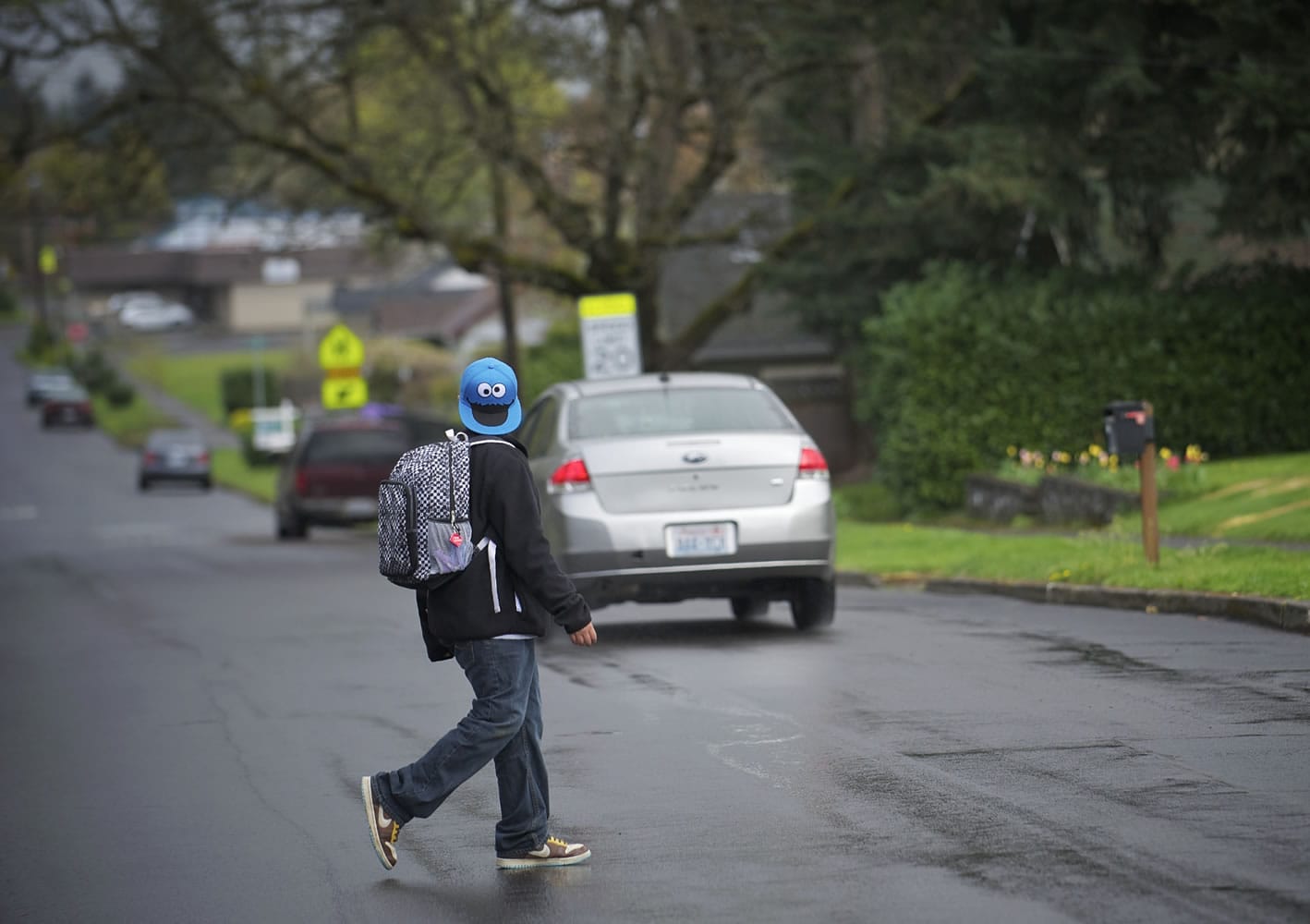Vancouver residents interested in proposing a residential traffic-calming project can bring it before the Neighborhood Traffic Safety Alliance at its 7 p.m. meetings on the third Tuesday of every month at Vancouver City Hall. Initial applications are due June 28.
Questions can be directed to NTSA Chair Ross Montgomery at montre2ecs@aol.com or 360-892-1968. Learn more.
Speed cushions: Raised portions on the road to force slower driving, but not hinder emergency vehicles.
Typical project cost: $5,000 to $15,000.
Signs: Extra signs remind drivers of the speed limit or that they are traveling near a school.



